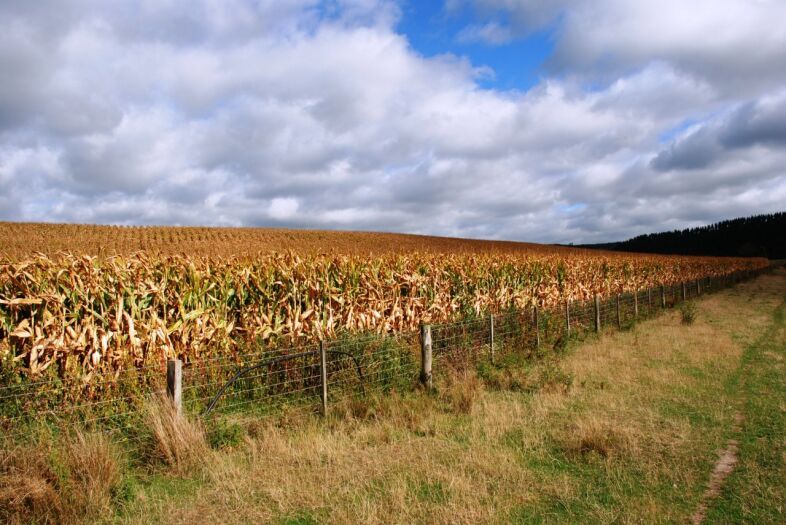
Articles
Winter options for maize grain growers

Growing a winter crop provides maize growers an opportunity to increase and diversify their income. Your local Pioneer Representative can help you choose a shorter-maturity grain hybrid which will allow timely winter crop or annual ryegrass establishment. There are a number of options as to what you can do with the winter crop. These include:
Dairy grazing
In dairy regions there is always a demand for winter grazing. Typically annual ryegrass or an oat/ryegrass mix will produce a drymatter yield of 3-5 tDM/ha over the winter months. The ideal stocking rate will be determined by the cow liveweight and whether animals need to gain body condition prior to calving. Grazing arrangements tend to be flexible and it is often possible to negotiate an agreement where you provide the crop and the dairy farmer moves and manages his own stock.
Beef finishing
The past few seasons have seen good returns from beef finishing. Typically beef farms destock prior to the winter, and it is possible to buy store stock and take them through to finishing weights prior to establishing the next maize crop. While the beef schedule varies on an annual basis, it is typically lower in March-April and rises to a peak in late September just prior to the spring pasture flush. Alternatively some farmers buy animals in the late autumn when they are cheaper, feed them over the winter and sell them back at the yards when prices have risen.
Lambs
A number of maize growers buy spring-born lambs in late autumn and finish them on annual ryegrass over winter. A high allowance of quality pasture sometimes supplemented with maize grain (which can be fed whole) means the lambs can be finished to good weights and sold before the next crop of maize is planted. Sheep need better fencing than cattle, but have a much lower water requirement. Their lighter bodyweight means they are less likely to damage soil structure. Nitrogen losses associated with grazing sheep are much lower than for cattle.
Pasture silage
Some farmers prefer to establish a winter crop solely for silage. It is usually necessary to cultivate after the maize crop to bury the stubble otherwise it can be harvested with the silage and have a negative impact on quality. Winter silage can be sold standing, or baled and stored for sale at a later date. Demand usually drives price and those who can afford to wait until the following summer or autumn to sell their silage will often reap a premium. If you plan to hold bales for a while prior to sale make sure your contractor puts a few extra layers of wrap on them. Store them away from trees and stock and immediately mend any holes that develop in the plastic.
